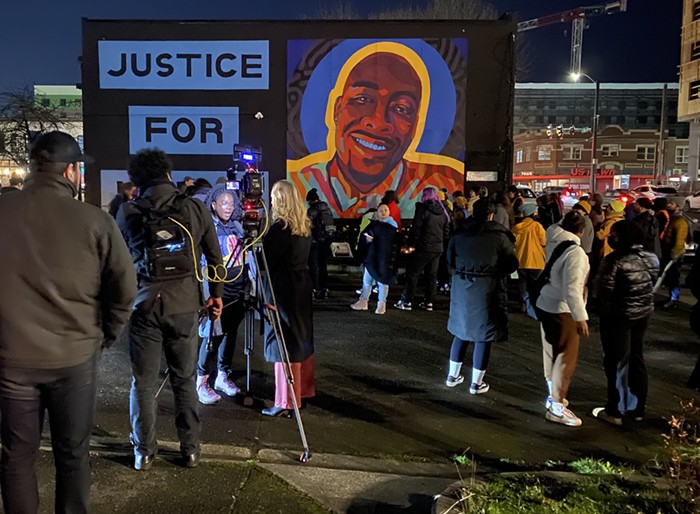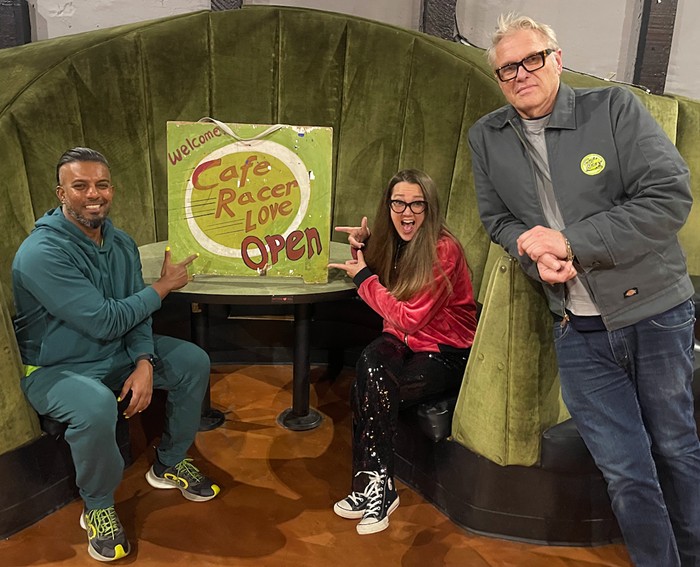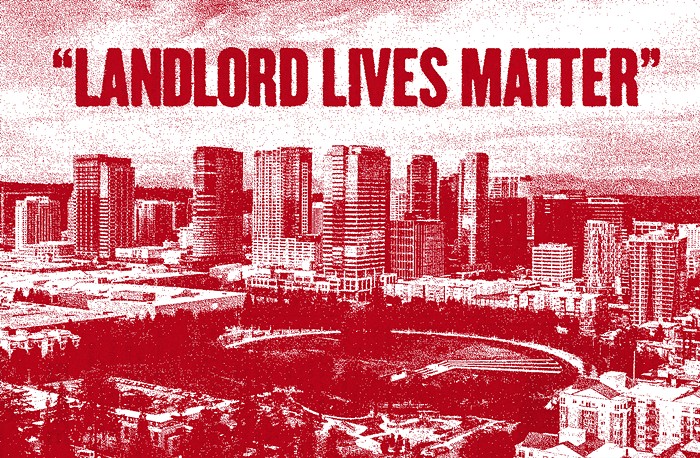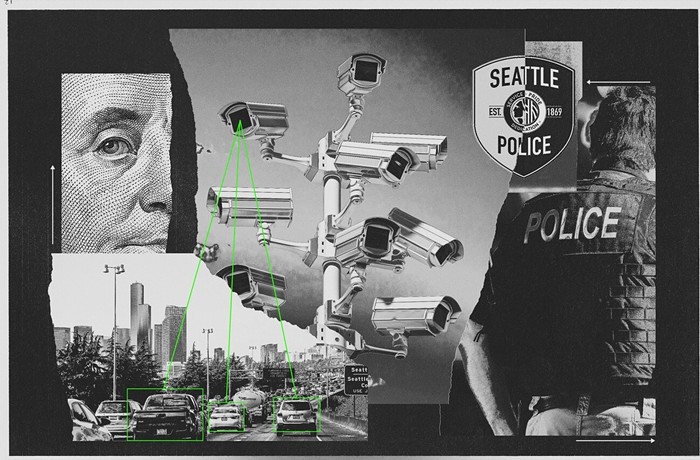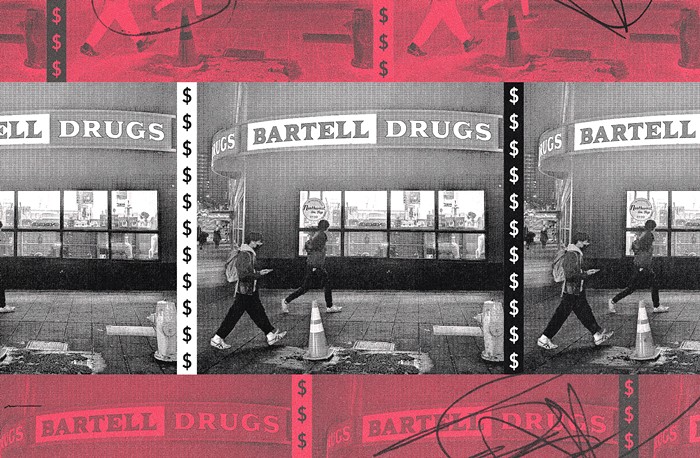But since this happened in the late '80s, when D.C. was still the reigning murder capital of the world, the shock was short-lived. Once the grisly scene was roped off, and the line shut down, people's interests turned to more urgent matters, namely, how in the hell were they supposed to get home? The punch line (though it's hardly a joke): I made it back to my home stop with only a 30-minute delay. D.C. Metro, with its circuitous, multicolored lines that girdle the District and its outlying Maryland and Virginia suburbs, was utilitarian enough to accommodate random acts of self-destruction and still make sure its passengers got where they were going with a minimum of inconvenience. Now that's what I call a city.
Ah, the D.C. Metro, liberator of Northern Virginia from the hell of cultural stagnation, vessel of speedy commuting for government workers, standard bearer for cleanliness and efficacy in major urban transit! What a beautiful, beautiful beast you are! I was sent to Alexandria, VA, for high school at age 14, after living my whole life till then in and around Los Angeles, a city famous around the globe for its traffic jams and noxious emissions. At first I was scared of the Metro; what if I took a wrong turn and ended up in the ghetto? Well, guess what: I did, the first time I ever rode it alone.
As difficult as it is to get lost using the color-coded maps that mark the way of the yellow, red, green, orange, and blue lines, I managed to get myself stuck in the middle of some horrendously poor, mainly black, entirely terrifying neighborhood instead of arriving at whatever monument or Mexican restaurant I'd set out for. Steeling myself for assault or murder (or both), I walked around a while until I happened upon a small crowd watching two men kneeling in front of upturned buckets, hitting them with sticks, while two others played steel drum and acoustic guitar, and two or three others took turns freestyling without a microphone. It was absolutely glorious. The point of this story, however, is not to wax moist about the day a callow little white boy first discovered junkyard go-go, but to extol the virtue of a transit system that linked the little puke to a thin slice of culture in a neighborhood no more than a few miles from his zone of comfort.
After that day, the romance between me and Metro never subsided. I loved the whole aesthetic: the Buck Rogers modernism and comforting hum of the trains, which move over and under land and water like sci-fi supertrams; the primitive fare card technology; the astonishing architecture and truly astonishing cleanliness of the stations, and the epic escalators rising out of them; the literal shoulder-to-shoulder-ness with a cross-section of classes and ethnicities; the subtly flashing lights and sudden burst of wind when a train entered the station; the hilariously tinny PA system that made L'Enfant Plaza sound like "LONFLON PLOHLA" and Judiciary Square sound like "JUDISHARARY SQUAYUH." Mainly, though, I loved being a dollar and change away from any place I wanted to go in one of the weirdest, most exciting, and historically rich cities in the world, and never needing to worry about getting stuck in traffic.
In the heat of the debate--if you can call it that--over Seattle's proposed monorail, D.C. Metro may not be the best point of comparison. The District of Columbia is less a city than a cluster of suburban towns with a chewy urban center, and its transit is geared toward linking the outer with the inner. Some argue that such design encourages, rather than answers, sprawl, and they're hardly wrong. Conceived in 1968, the rail was intended largely as a commuting tool for government workers who live in outlying areas. Though access from, say, Rockville or Falls Church to the Capitol is fairly direct, Metro winds a circuitous way from Dupont Circle to Columbia Heights--which would be like having to take two buses to get from Capitol Hill to First Hill. It's a valid objection, even when you take into account the fully integrated bus lines--you get a transfer at the Metro stop--connecting the dots that the trains elude. More valid is the argument that even with the success of Metro, the Beltway still becomes a screaming horror of gridlock every living day.
But beyond these objections, something to consider: The D.C. Metro is the circulatory system of the District; the veins and arteries of its five lines allow the blood of the city to flow freely and swiftly through the densely populated landscape. The idea of an area as busy as D.C.--a district whose freeway system is even more fucked than Seattle's (which is saying something)--not having an off-street rapid-transit system would be an embarrassment. An embarrassment that Seattle, with its slow bus lines and overcrowded freeways, already is.
Contrast the suicide described above, if you will, with the woman who effectively shut Seattle down last summer by not committing, but merely contemplating, suicide from the Ship Canal Bridge during rush hour. Before long, the thwarted commuters, tired of the gridlock, began shouting at the poor woman to "JUMP!" already. Their insensitivity made front-page news and was the subject of wide debate about what had become of our city's famous mild disposition. I'm not saying the drivers weren't cold, but their rage didn't seem altogether unmotivated. After all, it's not like they had any other viable options for getting home. A monorail might have solved the whole problem, allowing Seattle the best of both worlds: The woman could have killed herself in peace, and the rest of us could have been home in time to watch the Mariners lose on TV.
